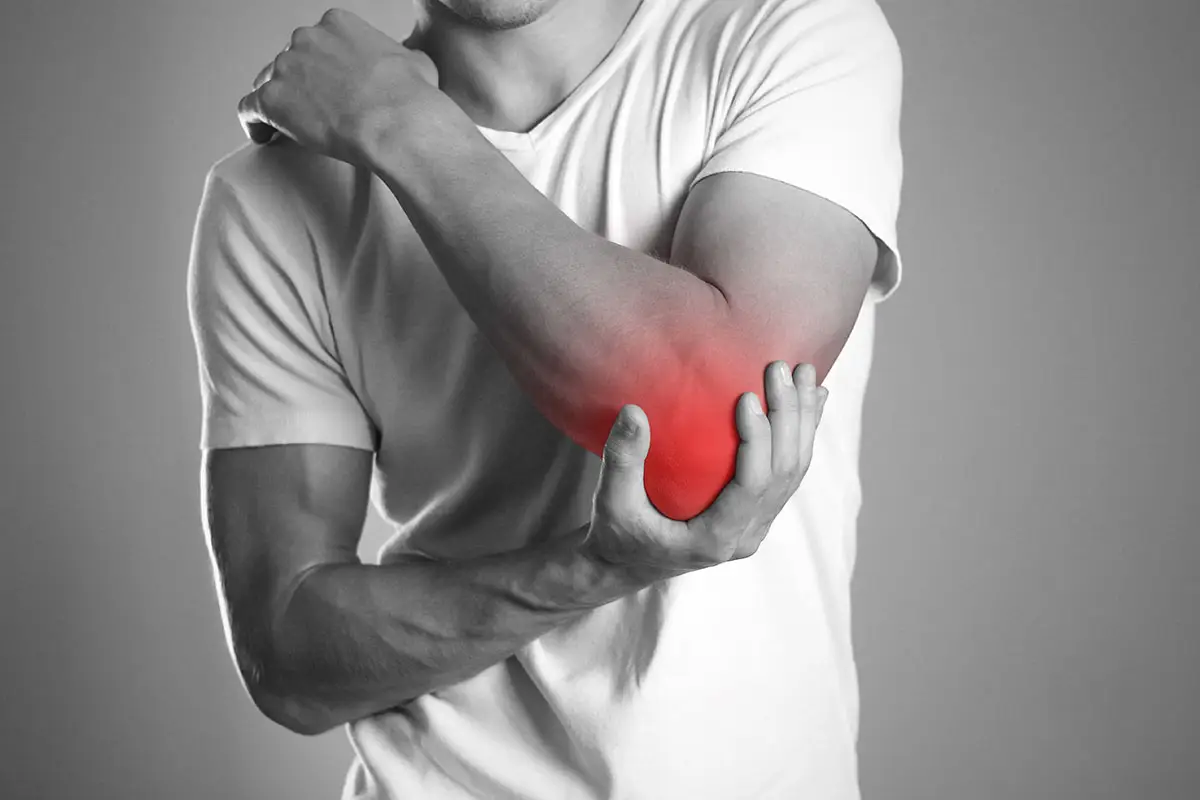Recovering from an injury can often be a long and taxing process, and improvement rarely happens in a straight line. Depending on the type and severity of your injury, the healing process may seem like a series of ups and downs, and there are days when you will question whether you are making progress.
Physical therapy can help you achieve maximum improvement after an injury while keeping a record of your progress. A written record of the progress you achieve is essential because healing rarely happens in a straight line. It is common to have days where you doubt the progress you are making because you experience a setback or a temporary increase in pain. A detailed record of your progress over time can serve as an encouragement to stick with the program, and the record can help you combat depression and frustration about the pace of your recovery.
MANAGING PAIN
Both chronic and acute injuries cause pain. Physical therapy plays an essential role in managing pain through various techniques and therapies. Physical therapists work closely with your medical doctor to customize a treatment plan that takes into account your injury, pain level, pre-existing issues, and the goals for treatment.
An essential goal in physical therapy is to help restore normal function after an injury. If your injury is severe, or there are other complicating factors, then your physical therapist will work with you and your doctor(s) to determine the goal for your treatment. In addition to restoring as much function as possible, physical therapy is a first-line treatment option for chronic pain.
Pharmacological approaches to pain, especially chronic pain, have numerous well-established complications. Physical therapy is a safer option with the added benefit of addressing the cause of pain instead of masking the pain.
Musculoskeletal pain is a pain in the muscles, bones, ligaments, tendons, and nerves. Depending on your injury, you may feel the pain in one area, or it can be widespread in conditions like Fibromyalgia. Pain can have a sudden onset, such as an injury, and be acute or it can last three months or longer, which is termed chronic pain. Whether your pain is acute or chronic, dealing with musculoskeletal pain can be a challenge.
Large bodies of research identify physical therapy as the most effective treatment for most types of musculoskeletal pain. Physical therapy for musculoskeletal pain should include the following elements:
- One-on-one visits with your physical therapist, where you establish clear short and long-term goals.
- Your physical therapist should be skilled in manual therapy that starts with a hands-on assessment, detailed questions about the nature and location of your pain, and a treatment plan.
- The physical therapist should help you establish a comprehensive program, including home activities such as exercise, activity modifications, and improvement tracking.
Physical therapy works best when it is a partnership between the patient, the physical therapist, and the medical doctor who has prescribed PT. As a patient, you should have clear goals and expectations for the course of treatment. There is no short-cut in physical therapy, and the patient must be committed to doing the hard work to restore function and reduce pain.
DEPRESSION
Depression is common in patients who experience chronic pain, and poses a challenge for physical therapists. Physical therapists understand that depression can make it hard for patients to cooperate and be fully compliant with treatment. Addressing depression as a result of ongoing pain issues can help patients learn coping skills for their depression.
When patients work to manage their depression, it increases the likelihood of compliance with physical therapy, and compliance increases the success of the prescribed therapy. A skilled physical therapist understands the link between chronic pain and depression and is alert to signs of depression.
Exercise therapy is vital to the treatment of the conditions that cause chronic pain and plays a substantial role in combating depression. The impact on depression that exercise can have is complex. A critical reason for exercise therapy reducing depression is the endorphins released by the brain during exercise have been proven to improve mood and help reduce pain.
At Avant Garde Physical Therapy, we focus on patient-centered care. We appreciate and value the trust you place in us to care for you after you have experienced an acute or chronic injury. We have an array of therapies, and after your initial consultation, you will be provided with a customized treatment plan where you help establish the goals of your care. Our role is to offer tools, therapy, and support that help you achieve the goals you set for yourself.


